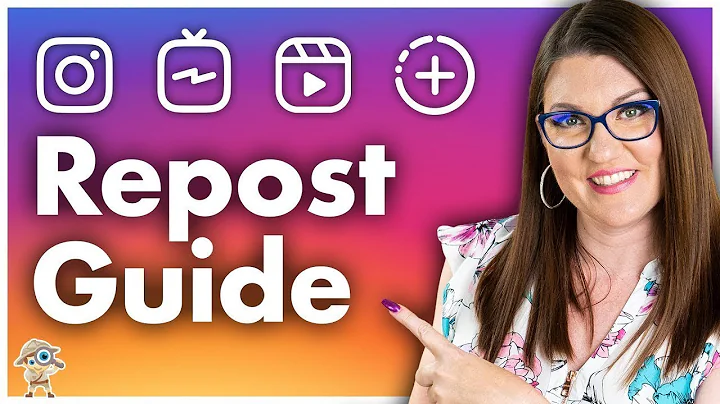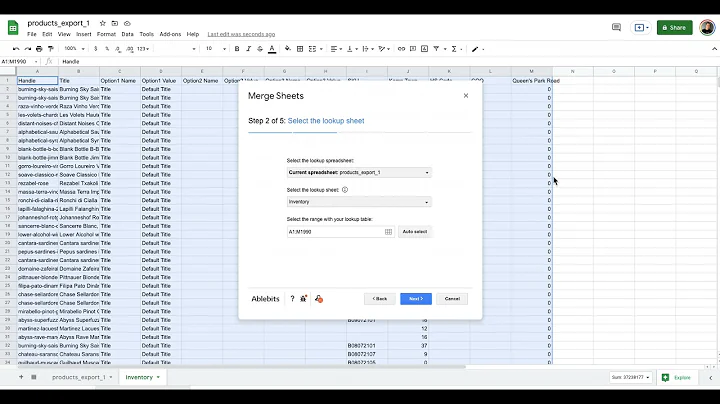Boost Your Foot Traffic with a Store Locator
Table of Contents:
- Introduction
- The Importance of a Store Locator
- The Four Pillars of a Store Locator
3.1 Flexibility in Design
3.2 SEO Optimization
3.3 Centralized Management
3.4 Monitoring Performance and ROI
- Implementing an Effective Store Locator
4.1 Customization and Design
4.2 Optimizing for Local SEO
4.3 Centralized Management and Data Syncing
4.4 Analyzing User Experience and Performance
- Integrating with Other Platforms
- Measuring Success and Increasing Footfall
- Addressing Duplicate Content Issues
- Conclusion
Article:
The Importance of a Store Locator
In today's digital age, it's essential for businesses to have an online presence that drives potential customers to their physical stores. One powerful tool that enables this is a store locator. A store locator is more than just a map with directions to your nearest locations. It is a strategic asset that can significantly enhance your business's online visibility and drive foot traffic to your stores.
The Four Pillars of a Store Locator
To ensure the success of your store locator, there are four key pillars that you should focus on: flexibility in design, SEO optimization, centralized management, and monitoring performance and ROI.
Flexibility in Design
A well-designed store locator should match your brand image and provide a user-friendly experience. It should be customizable to showcase your unique branding elements, such as colors, fonts, and logos. Additionally, the store locator should be responsive and intuitive, making it easy for users to search for and locate your stores.
SEO Optimization
Optimizing your store locator for local search engine optimization (SEO) is crucial for attracting online users who are searching for local businesses similar to yours. By incorporating SEO strategies into your store locator, such as breadcrumb lists, metadata optimization, and structured data schema, you can significantly improve your rankings on search engine results pages. This, in turn, increases your online visibility and drives more traffic to your stores.
Centralized Management
Managing the data of multiple store locations can be a complex and time-consuming task. A well-built store locator offers centralized management, allowing you to store and update your store data in one location. This streamlines the process and ensures that your information is consistent and up to date across all platforms. By using a platform with automatic data syncing capabilities, you can effortlessly update your store data across all online channels, including Google My Business, Facebook, and other directories.
Monitoring Performance and ROI
Measuring the success of your store locator is crucial to understanding its impact on your business. By tracking key performance indicators (KPIs) such as page views, click-through rates, and conversions, you can evaluate your store locator's effectiveness. Additionally, integrating your store locator with tools like Google Analytics allows you to gain deeper insights into user behavior and adjust your strategy accordingly.
Implementing an Effective Store Locator
To implement an effective store locator, follow these steps:
1. Customization and Design
Work with a platform that allows you to fully customize the design and layout of your store locator. Ensure that it aligns with your brand's visual identity and provides a seamless user experience.
2. Optimizing for Local SEO
Implement SEO best practices within your store locator to boost its visibility on search engine result pages. This includes optimizing metadata, incorporating relevant keywords, and utilizing structured data to provide search engines with valuable information about your store locations.
3. Centralized Management and Data Syncing
Choose a platform that offers centralized management, allowing you to easily update and sync your store data across all online channels. This ensures consistency and accuracy, enhancing the user experience and boosting your rankings.
4. Analyzing User Experience and Performance
Regularly monitor key performance metrics to assess the success of your store locator. Track data such as click-through rates, conversions, and user behavior to identify areas for improvement and make data-driven decisions to optimize the user experience.
Integrating with Other Platforms
A robust store locator should integrate with other platforms and software to streamline processes and enhance overall efficiency. Options like connecting with customer relationship management (CRM) systems or email marketing platforms can help further personalize customer interactions and improve marketing efforts.
Measuring Success and Increasing Footfall
To measure the impact of your store locator on foot traffic, track metrics such as direction requests and click-to-call actions. By estimating conversion rates and average purchases, you can gauge the effectiveness of your store locator in driving in-store traffic and increasing revenue.
Addressing Duplicate Content Issues
Duplicate content can negatively impact your SEO efforts. To address this issue, utilize self-referential canonical tags, which inform search engines about the preferred version of your content. This helps prevent duplicate content penalties and ensures that your store locator performs optimally.
Conclusion
A well-designed and optimized store locator can serve as a powerful tool to drive foot traffic to your physical stores. By focusing on the flexibility of design, SEO optimization, centralized management, and performance monitoring, you can develop an effective store locator that enhances your online visibility, drives conversions, and boosts your bottom line.
Highlights:
- A store locator is a vital tool for driving foot traffic to physical stores.
- The four pillars of a successful store locator include design flexibility, SEO optimization, centralized management, and performance monitoring.
- Customization and design elements should align with your brand's visual identity.
- SEO optimization boosts your store locator's visibility on search engine results pages.
- Centralized management streamlines updates and ensures consistency across platforms.
- Monitoring key performance metrics provides insights into your store locator's performance.
- Integration with other platforms and software enhances overall efficiency.
- Measuring success through direction requests and click-to-call actions helps gauge foot traffic increase.
- Addressing duplicate content issues with self-referential canonical tags improves SEO performance.
FAQ:
Q: How can a store locator drive foot traffic to physical stores?
A: A store locator helps customers easily find your nearest store locations by providing personalized directions and information, increasing the likelihood of a visit.
Q: Can a store locator be integrated with other platforms like HubSpot?
A: Yes, a store locator can be integrated with various platforms, including customer relationship management (CRM) systems like HubSpot, to streamline processes and enhance overall efficiency.
Q: How can the success of a store locator be measured?
A: The success of a store locator can be measured through key performance indicators (KPIs) such as page views, click-through rates, and conversions. Integration with analytics tools like Google Analytics provides deeper insights into user behavior.
Q: What is the impact of duplicate content on a store locator's performance?
A: Duplicate content can have negative effects on SEO. Implementing self-referential canonical tags helps inform search engines about the preferred version of your content, avoiding duplicate content penalties.
Q: What are the key pillars to consider when implementing a store locator?
A: The four key pillars to consider when implementing a store locator are flexibility in design, SEO optimization, centralized management, and monitoring performance and ROI.






















